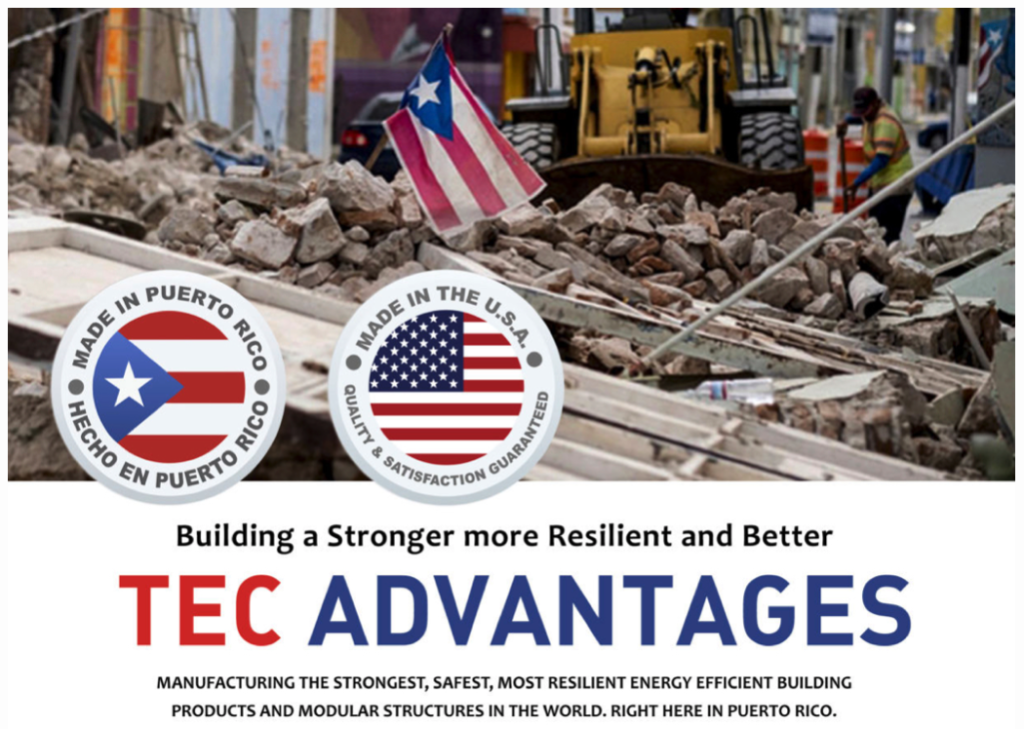
We aim to be a technology company with innovative new products that lead the industry. Our first step in product R&D will seek to maximize the performance properties of MgO products in strength, durability, and fire performance. The second step is a new generation of highly fire-resistant material for fire walls and SIP panels based on geopolymers. We have already started the research for the next generation products employing geopolymers and geopolymer-MgO composites.
To introduce this fairly new material to the American construction industry, we must build confidence by providing a product with consistent high quality. Known problems with imported products have been addressed, but we are monitoring the market feedback and continuing our own testing to address any potential new problems.
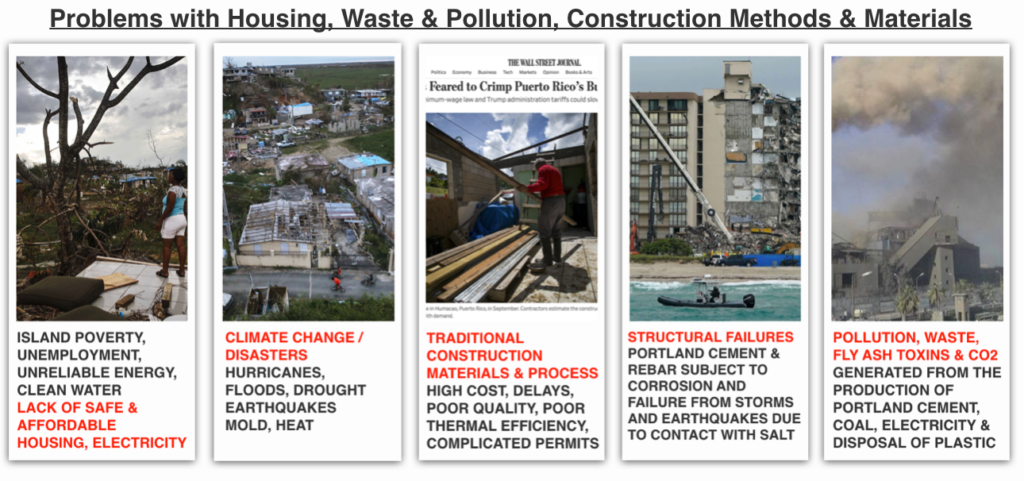
To improve the strength, resilience, wellness and affordability of housing on Puerto Rico by introducing innovative materials and processes. Building smarter, cleaner and more efficiently by utilizing advances in materials chemistry, manufacturing processes and innovations in engineering technologies.
Present methods of construction which accelerate the building process producing higher quality, stronger, safer and more resilient structures. Reduce the need for costly on-site skilled labor, eliminate material waste and loss, increase affordability while also increasing the volume of units built. Lowering cost per square foot while gaining increased speed, strength, resilience and thermal efficiencies.
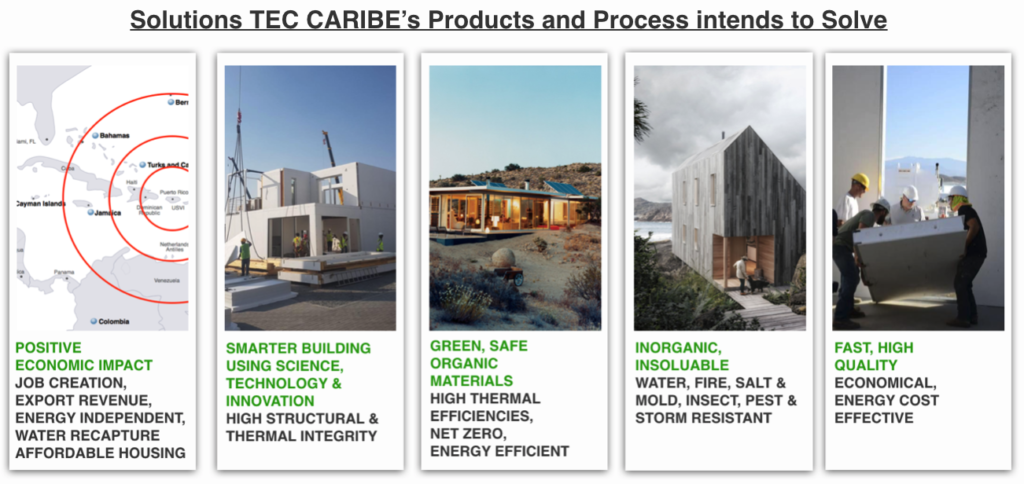
How to design structures to reduce the need and reliance of residents and communities for external sources of carbon energy using these energy efficient materials and processes. How to plan and build clean Net Zero Energy (NZE) communities and structures with extremely tight envelopes that are thermally efficient and self-sufficient; not reliant on the island’s electric and water grids, rather on renewable sources of energy and water sourced locally.

Highlights
- The MgO board product formulations and process technologies have been patented in USA and other major countries and protected from the others’ infringement.
- TEC MgO is the first domestic MGO board producer in USA and the North America, in which the made-in-USA product will significantly increase all US and global clients’ confidence in our quality-consistent products
- We hold a very strong and innovative R&D team, which allows us to develop generation by generation new products, such as second generation geopolymer-related product being developed before the current first generation MGO products are produced.
- We will be employing In-house building code experts and highly qualified QC technicians.
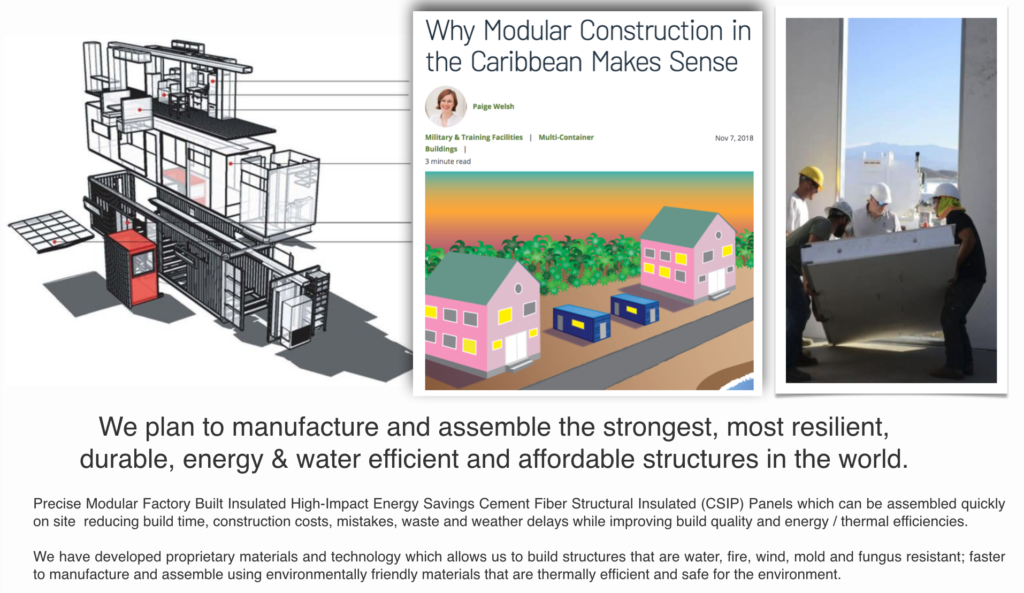
- On-site manufacturing batch-by-batch QC by TEC MgO will allow us to produce quality-consistent products which completely differentiates from all the other manufacturers who import MgO products from China.
- Superior quality (low density, superior fire performance, better water resistance, low water absorption, high strength and better weathering resistance) of TEC MgO products significantly differentiates our products from those imported.

The US construction market is estimated at 1 trillion dollars in 2017 and has an estimated growth rate of 13% from 2017 to 2022. The gypsum products have a value of more than 10 billion dollars or 1% of the overall construction market.
Wood panel products for construction has a total market of more than 20 billion dollars. Oriented Strand Board (OSB) is 4.5 billion, plywood is 7.5 billion, and Medium Density Fiber board (MDF) is 4 billion dollars.
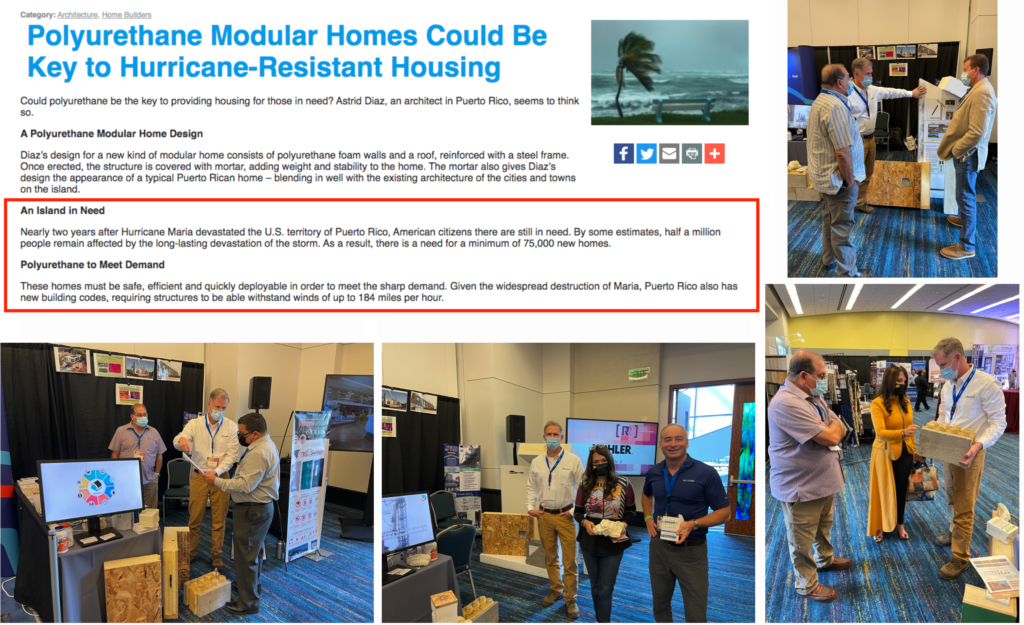
OSB is mainly used for wall sheathing, roof sheathing, and sub-floors. OSB is extremely strong and inexpensive, but it is very flammable and has very poor water resistance. Part of these applications can be captured by MgO boards when fire resistance and water resistance are important. The first area of entry is probably siding products where damages caused by water, fire, and insects are serious challenges for OSB based siding products.
Plywood has similar applications as OSB but is more water resistant and more expensive. Replacing plywood with MgO boards can be very attractive for several applications. Sub-floor materials in potentially wet areas such as bath rooms and kitchens need to be water resistant. For wild-fire prone areas, MgO as roof sheathing could significantly reduce fire damages.
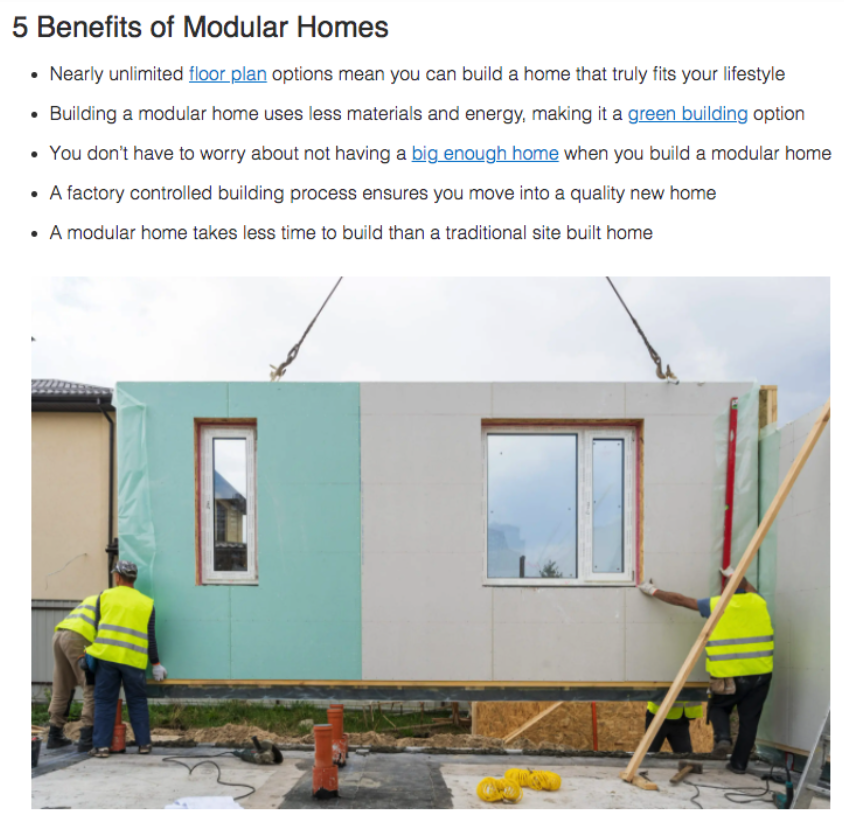
MDF is mainly used for molding, trims, door skins, and other decretive applications. MDF is inexpensive and easy to machine, but flammable and easy to absorb liquid water as well as moisture. The dimensional change of MDF based products due to air moisture fluctuation is a major headache for builders and home owners alike. Perfectly installed MDF moldings show gaps at joints in the winter, and buckles or force out caulking materials in humid summer days. MgO based molding would have very little dimensional change as a function of humidity, and it is much more abuse resistant than MDF-based products. In addition, MDF products releases formaldehyde (carcinogen) due to the urea-formaldehyde adhesive while MgO is completely non-toxic.
Our market research indicated that the first MgO product in high demand is a 4×8’ by 1⁄2” or 5/8” utility board with superior fire and water resistance. The next market would be value-added products and niche products with high margins.
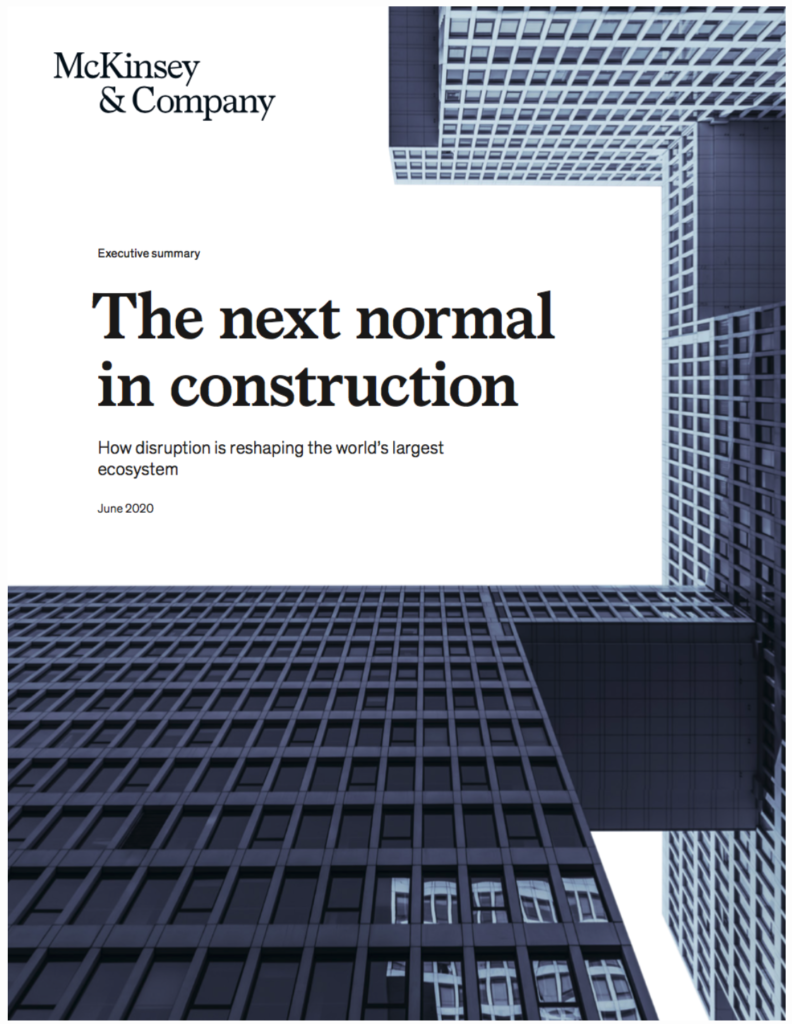
The specialty sheathing market in the US is 4.5 billion dollars per annual. Most of these specialty products are based on gypsum and they can be viewed as gypsum with bandages. For example, the moisture resistant drywall is a gypsum product with a special water-resistant facer, either a special paper product or fiberglass. If the special facer is penetrated, either by nails, screws, or other damages during installation, the inherently non-water-resistant gypsum is exposed. On the contrary, MgO boards are inherently water resistant.
Comparing to other building materials, MgO boards also have unique properties that will satisfy the demands of architects, designers, builders, and consumers. It could replace many construction boards such as high-end specialty OSB boards, high-end specialty exterior gypsum wall boards, cement backer boards, cement sidings, flooring boards in many applications.
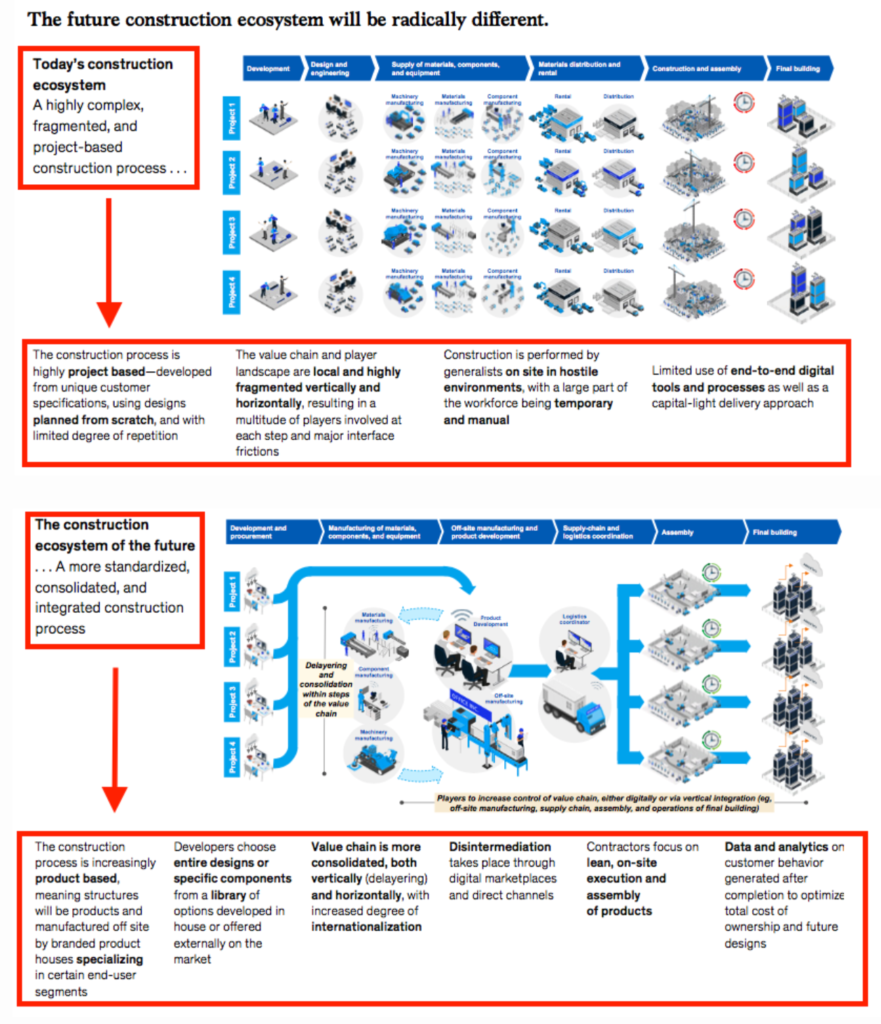
OSB is a 4.5 billion dollar industry. Due to its high strength and relatively low cost, it will be difficult for MgO to gain a significant share of this market. However, OSB is very combustible and there are little options to protect OSB from fire. Being made from thin wood wafers, OSB also absorbs a large amount of water and has poor dimensional stability. Additional disadvantages of OSB and other wood based materials are toxic VOC emissions, especially when formaldehyde-based resin is used as the adhesive. It should be noted that even natural wood releases small amount of formaldehyde and other VOC components. For applications where water and fire resistance are required, or zero emissions are required, MgO can replace OSB and capture part of this market.
MDF is a low-cost panel product that’s valued at 4 billion dollars. Its main attribute is easy to machine. Complicated shapes such as molding and table tops can be made directly on the hot press. Pre- fabricated MDF can be easily machined into desired shapes and profiles. The drawbacks are flammability, toxic VOC emissions, poor strength, poor nail-holding, and water absorption/poor dimensional stability. Similar to the case of OSB, MgO is expected to capture a small part of the MDF market where water resistance, fire resistance, high strength, and/or low emissions are desired.

General Properties of MgO Board and Its Comparison with Gypsum Board
It is well known that concrete buildings take up over 95% of the construction market in China while over 97% of residential and industrial buildings in The United States of America are of the frame and panel type. Most of the panel products fall in the categories of wood and gypsum boards. Therefore, the largest gypsum board market in the world is in The United States of America. Statistics show that the North American gypsum market accounts for 50% of the world market. However, it has been well established that gypsum boards have many disadvantages such as inadequate fire resistance, poor water resistance and non-mold resistance in their applications in both industrial and residential construction markets.
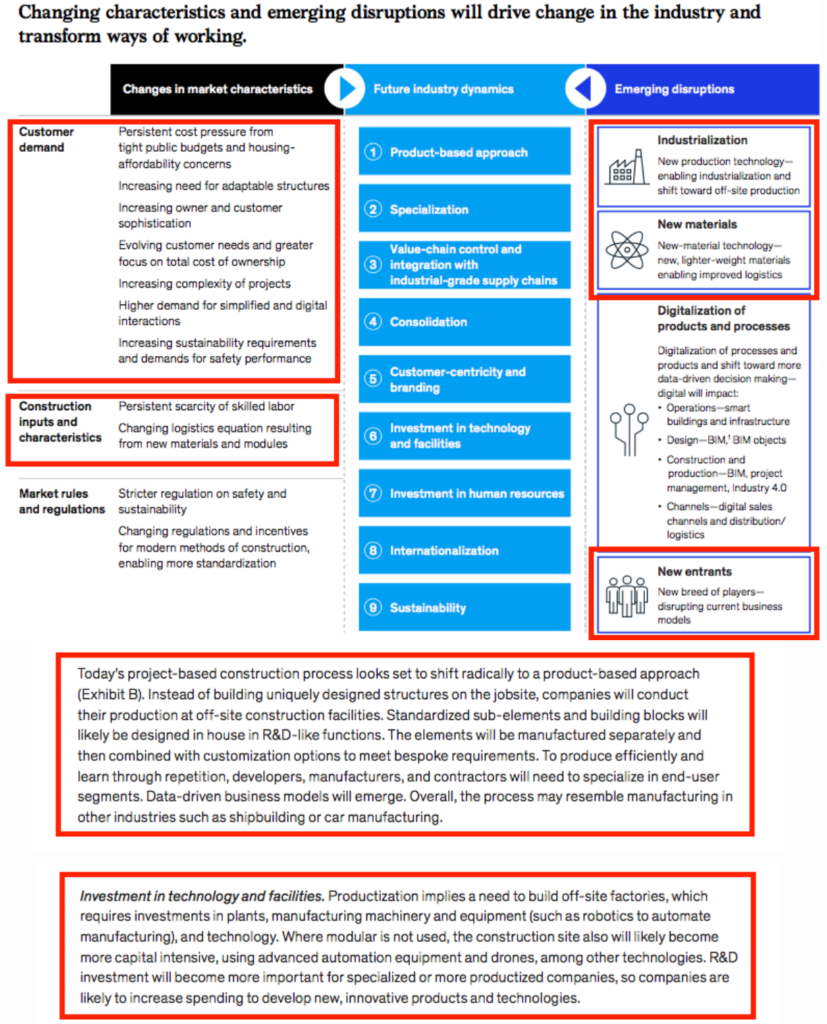
MgO boards have been used in Asia for over 30 years. This type of excellent construction material, however, is relatively new for North America. The slow adoption of MgO is due to lack of domestic production, lack of building code approvals, and more importantly inconsistent quality of the imported materials. Despite of these problems, the use of MgO products in the US has steadily increased. The future of MgO based building materials has great potentials. Especially, application of MgO boards in USA will increase significantly once high quality made-in-USA MgO boards are introduced in the US market.
MgO Board’s Superior Properties and Their Application in North American Construction Industry
MgO boards possess many advantages over the traditional gypsum drywall, which serves well in low cost and undemanding applications. MgO boards, on the other hand, have the right DNA to address special applications where mold resistance, fire resistance, and water resistance are critical. They also hold other excellent properties such as impact resistance and inset resistance. They can be used in hyper allergenic and clean room applications due to their 100% inorganic material composition. Manufacturing MgO boards is also very green since it is cured under ambient conditions without requiring heat. Compared to gypsum manufacturing, energy consumption for producing MgO boards is significantly less. In addition, MgO boards can be completely recyclable, which are super-environmentally friendly (see the following table).
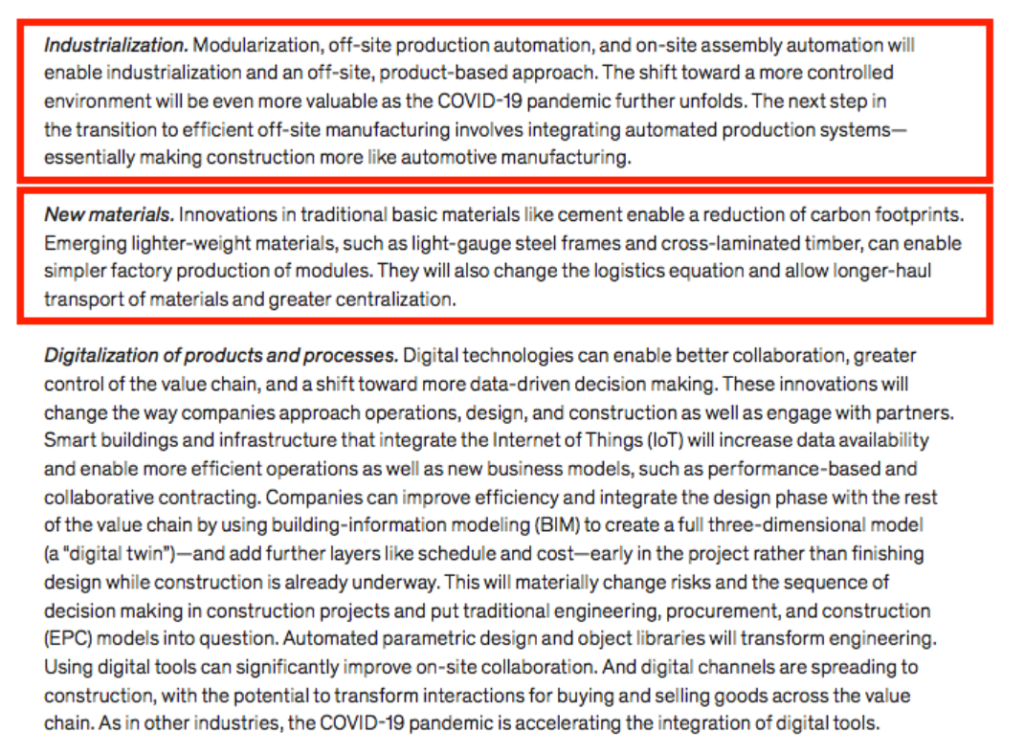
MgO cement was discovered by the French chemist Stanislas Sorel in 1867. The original MgO cement was magnesium oxychloride, formed by reacting magnesium oxide and magnesium chloride in water. The other two forms of MgO cement are magnesium oxysulfate and magnesium phosphate.
Basic research and small-scale industrial application started in China in the 1960’s where MgO cement was used as a wood replacement material in packaging and other applications. Starting in the 1980’s, driven by the need of a wood replacement and the abundance of magnesite deposit, a lot of research was carried out in several reputable universities and research organizations in China. The concentrated research paved the way of wide spread use of this new cementitious material.
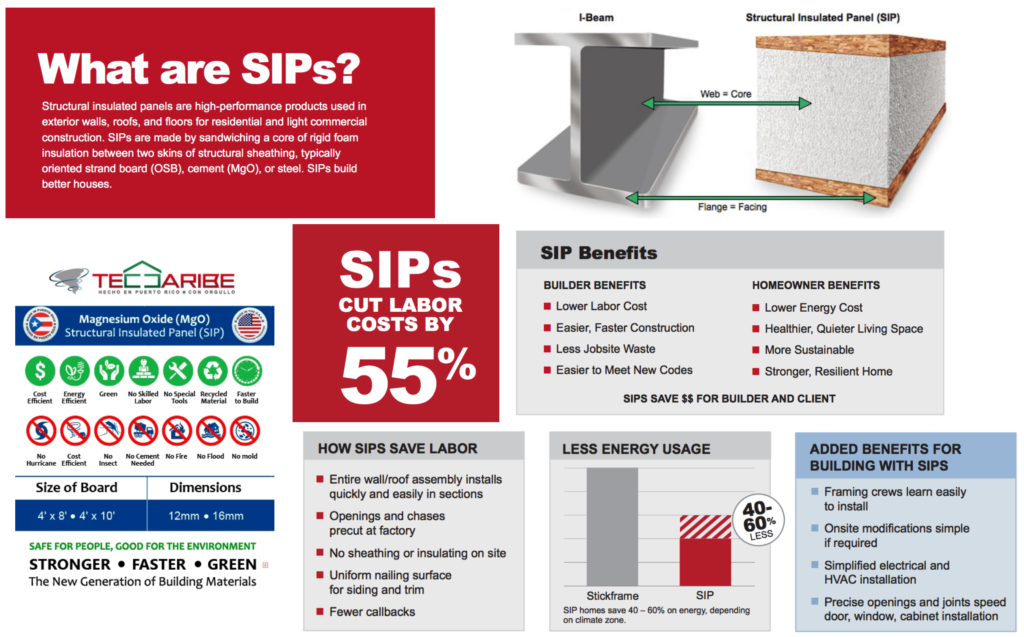
Unfortunately, this industry is harmed by lack of regulation. Today, there are more than 1000 board manufacturing plants and several dozen equipment makers in China, many of whom produce poor quality products.
Despite of the numerous advantages of magnesium oxide (MgO) based cement over Portland cement, the commercial use of this building material is very slow in the US due to a number of reasons. The primary reason is lack of abundant raw materials. There is only one main industrial MgO supplier in the US. The secondary reasons include lack of basic research, and lack of board-making equipment. The chemistry of MgO cement is more complicated than Portland cement, but the formulation and process of MgO cement is even more complicated.
Current MgO boards on the US market are all Chinese products imported by several US-based companies. Even with the best efforts, the imported products have inconsistent quality. Some resellers are still marketing boards based on magnesium oxychloride (MOC) which have several serious problems even when properly formulated and produced. One main problem of MOC boards is corrosion. The chloride in the board is very corrosive to metal fasteners. However, the worst problem with MOC is the release of HCl gas when the board is exposed to fire. HCl is a toxic and highly corrosive gas that could be fatal to occupants if a building catches fire. Surprisingly, this serious problem is not being discussed or realized by the industry.
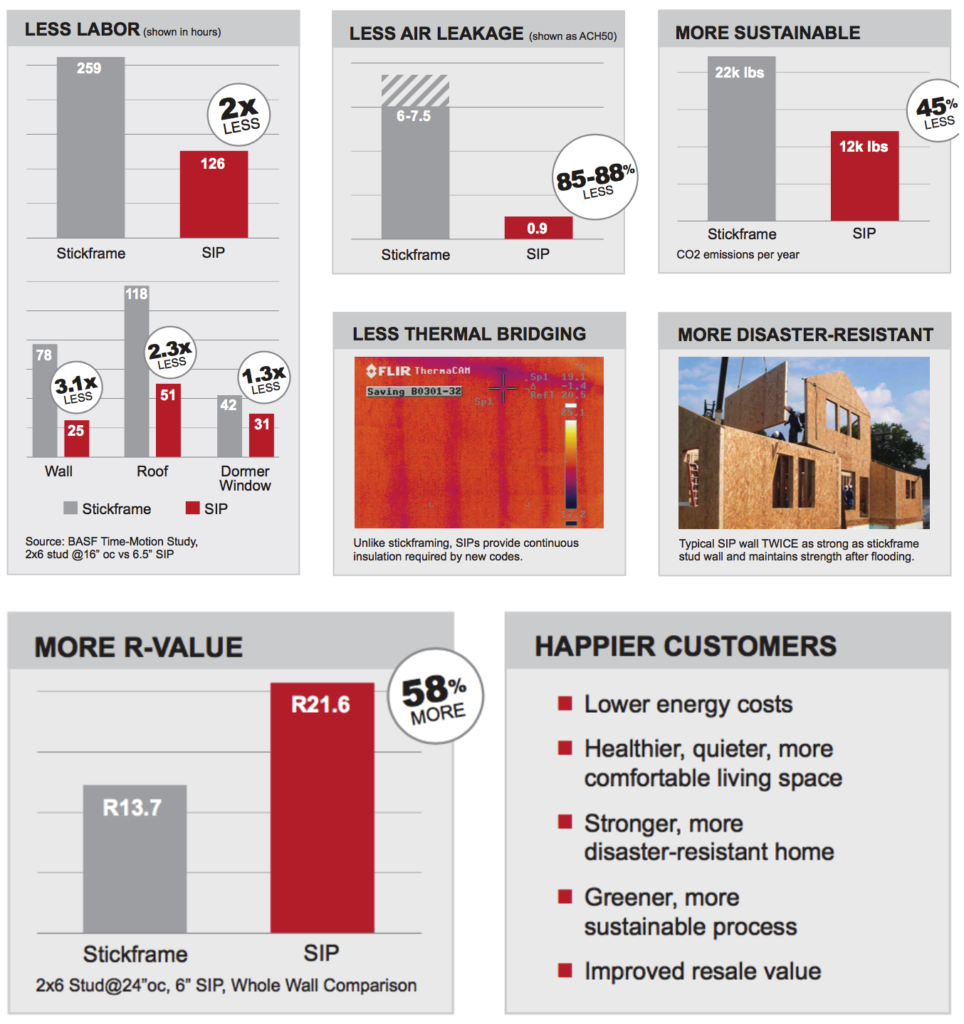
A number of companies in North America tried to manufacture MgO boards without success, probably due to equipment problems, formulation issues, raw material issues, operation problems, or a combination of these factors. We started exploring the concept of having a US based manufacturing plant back in late 2014 and the laboratory research started shortly after that. We were able to come up with a unique formulation with excellent performance properties. Unfortunately, the challenge of securing good quality board-making equipment from China was grossly underestimated. It took more than 6 months and several trips to China by Chinese-born equipment engineers to identify the best equipment supplier.
We have a representative in China responsible for the research, evaluation, and purchase of raw materials. In the area of formulation and process technology, we carried out extensive research and testing to establish all the parameters needed to make a quality product. As will be explained later in this document, the formulation and curing conditions have to be adjusted based on raw material purity, reactivity, particle size, temperature, humidity, type and the amount of additives, and even board thickness.
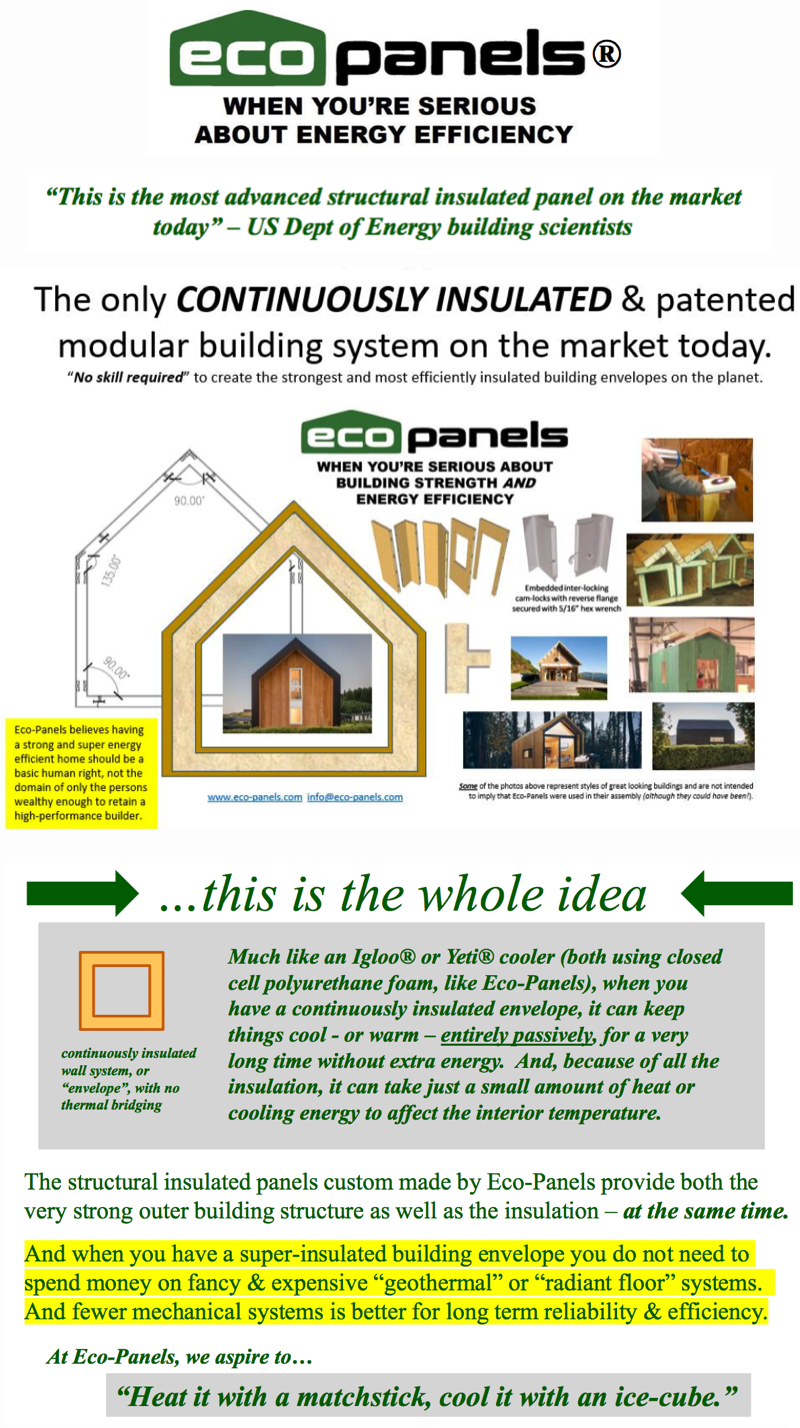
Although most of the MgO research was done in China, very few board plants can take advantage of the existing IP due to lack of technical personnel since almost all plants are very small and located in rural areas. The cost-driven competition also leads to use of poor-quality raw materials, too much fillers, and watered-down formulations.
Most plants use manual operation instead of automated production lines, leading to dosing and production inconsistencies.
For the few plants that do intend to produce quality products for the export market, their efforts are hampered by lack of technical expertise, lack of good equipment, and poor understanding of the US market requirements. In contrast, NA MGO has the most knowledgeable team of experts, the best equipment, and the most strict and comprehensive QC standards. We have in-house building code experts who not only work on compliance but also interact with the chemist to design the best performing product.
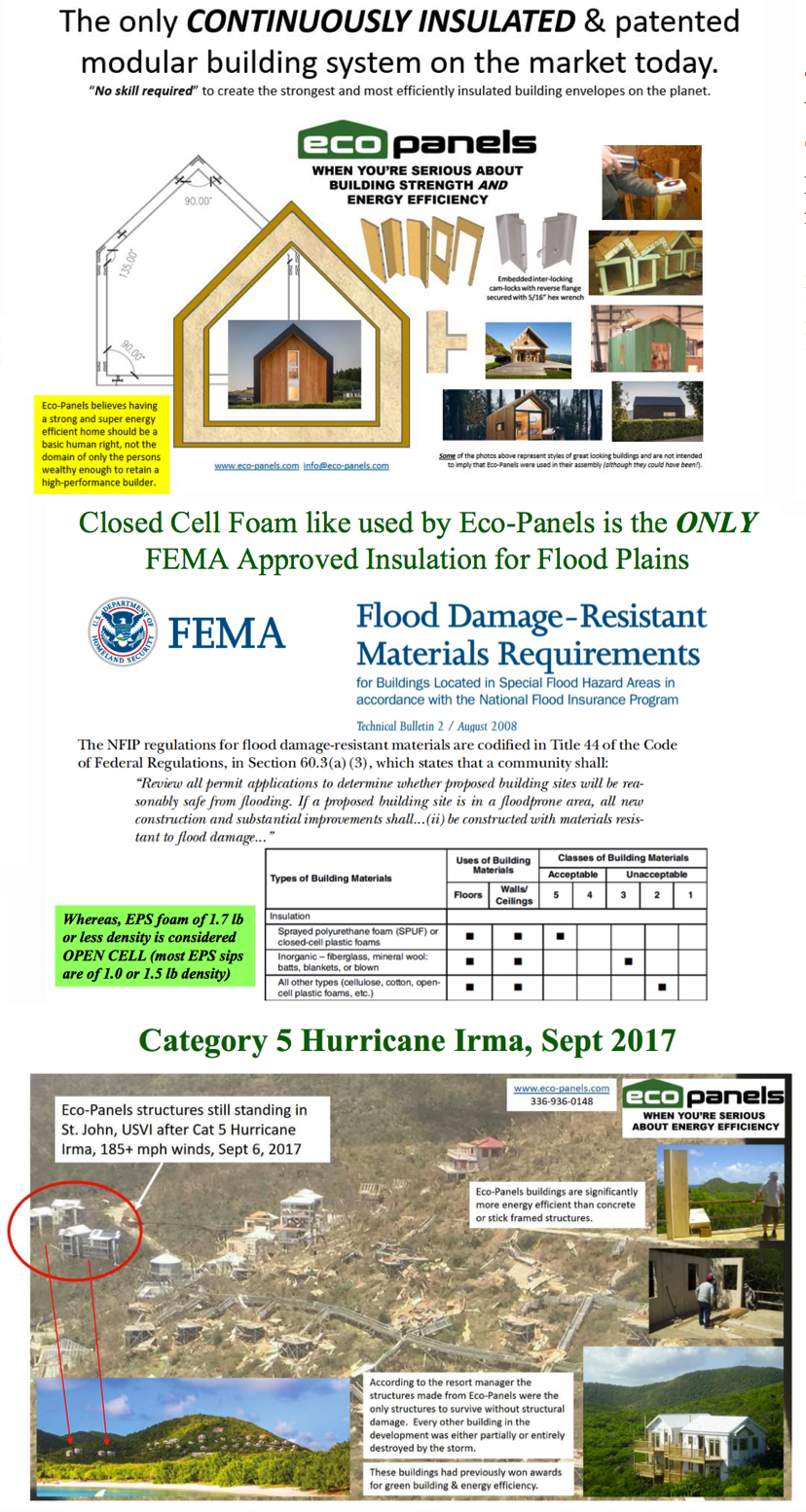
Besides quality issues, the key reason for the slow adoption of imported MgO boards in the US is lack of building code approval and Made-In-The-US acceptance. Many US and European companies have contacted us and expressed their desire for a US made product.
As a building product, compliance with the building code is a must for wide spread use in the construction industry. We have in-house building code expert for the quick adoption by the code. Our associated company Fire Retardant Chemical Technologies have extensive experience in the marketing of building materials, and interaction with architects, designers, and builders for quick acceptance by the construction community.
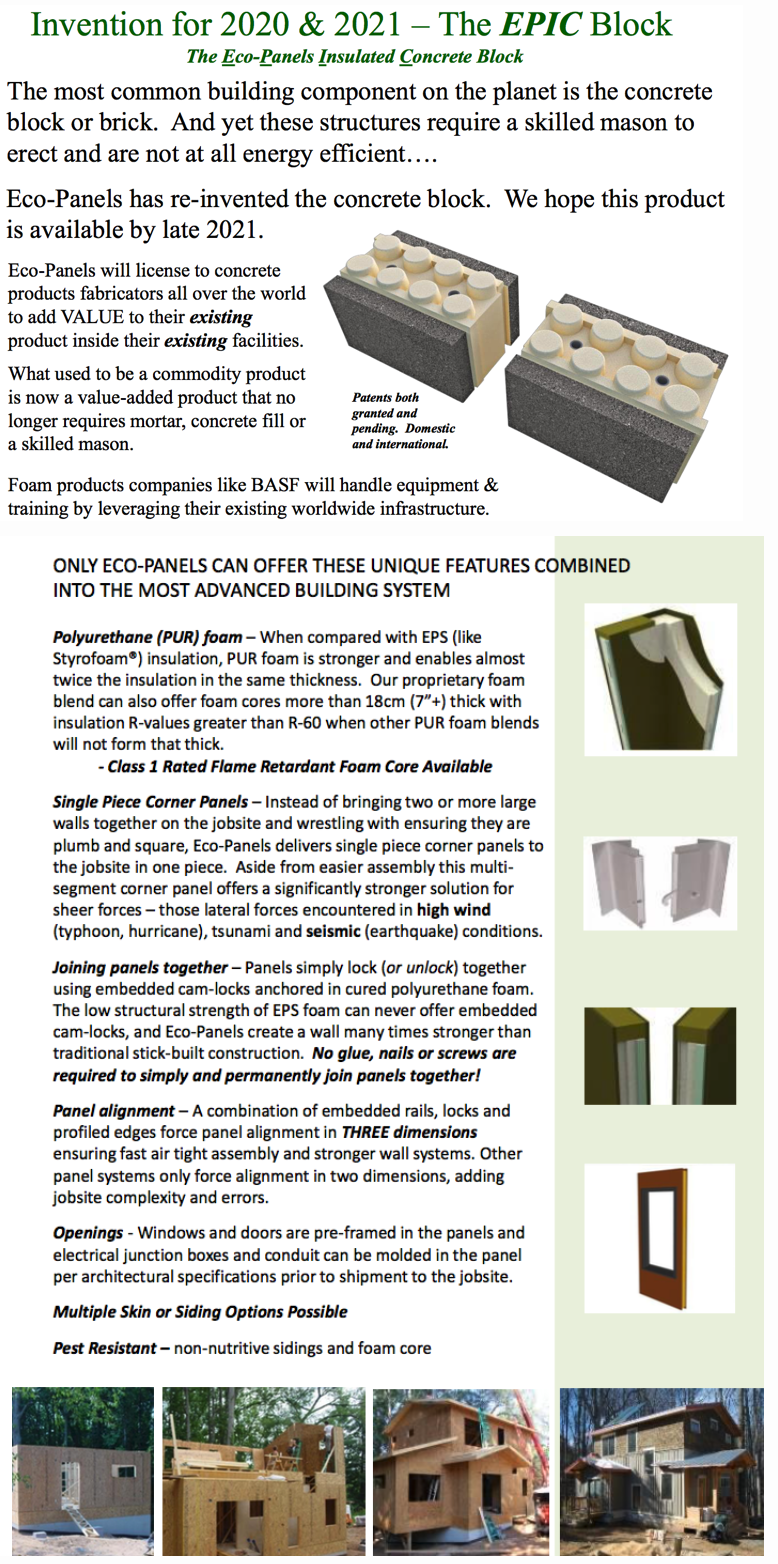
The effect of fillers goes beyond that of an inert filler material. Most imported products use wood particles (saw dust) as an inexpensive filler. Saw dust can also improve strength and flexibility of the board. However, saw dust absorbs water and magnesium sulfate, making it difficult for the rapid and complete reaction to take place.
After the board is formed, the remaining magnesium oxide can hydrolyze or react with remaining magnesium sulfate upon re-wetting (liquid water or moisture from air), leading to cracking, expansion, or warping of the board.
The remaining magnesium sulfate can simply dissolve in water and migrate to the surface of the board, leading to a phenomenon known as florescence, i.e. magnesium sulfate crystal formation. In the case of MOC, the excess magnesium chloride can form droplets of concentrate solutions on the board surface, a problem known as “sweating”. Therefore, proper selection of a filler material is critical for board properties.
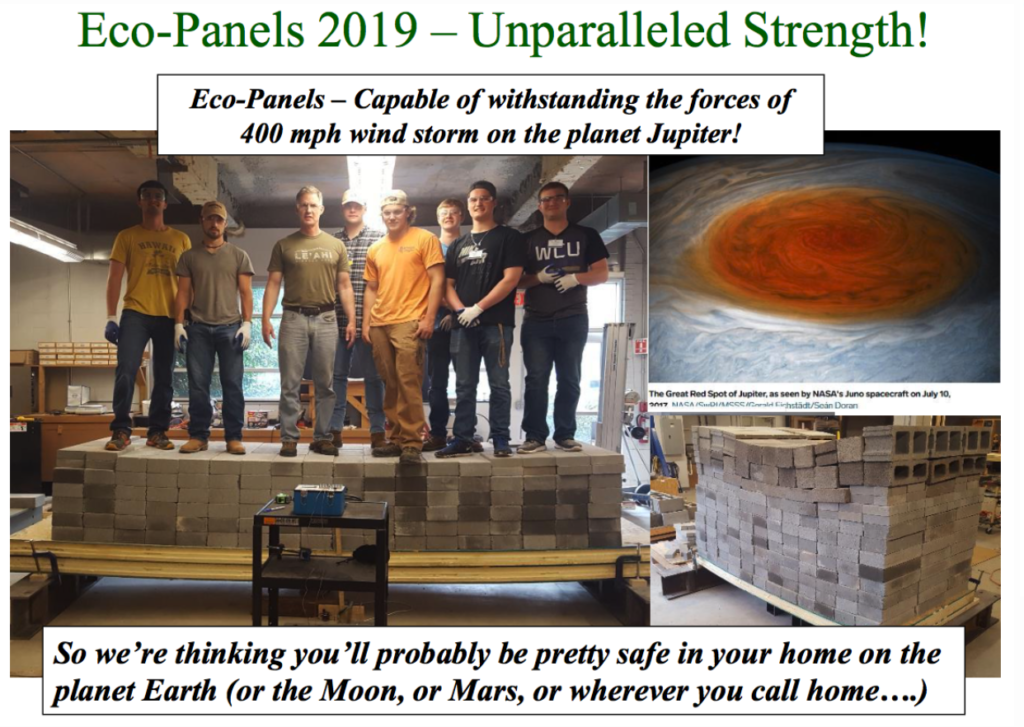
The patent pending TEC MgO formulations use water repellent treated expanded perlite or expanded vermiculite as fillers. These inorganic fillers have the following advantages:
- Does not contribute to mold growth
- Does not contribute to combustion when exposed to fire
- Provides insulative and heat reflecting properties in cases of fire exposure
- Light weight
Absorbs very little water, helping with rapid and complete reaction. Since MgO cement is more complicated than regular Portland cement, additives play important rules as well. The most important additive is a class of chemicals known as retarders. These retarders not only control the speed of reaction, but also regulates the extent of the desirable reaction and side-reaction. The type and use level of retarders depends on the temperature and MgO reactivity, as well as the thickness of the board being produced. NA MGO has vast knowledge in the selection of the best retarders.
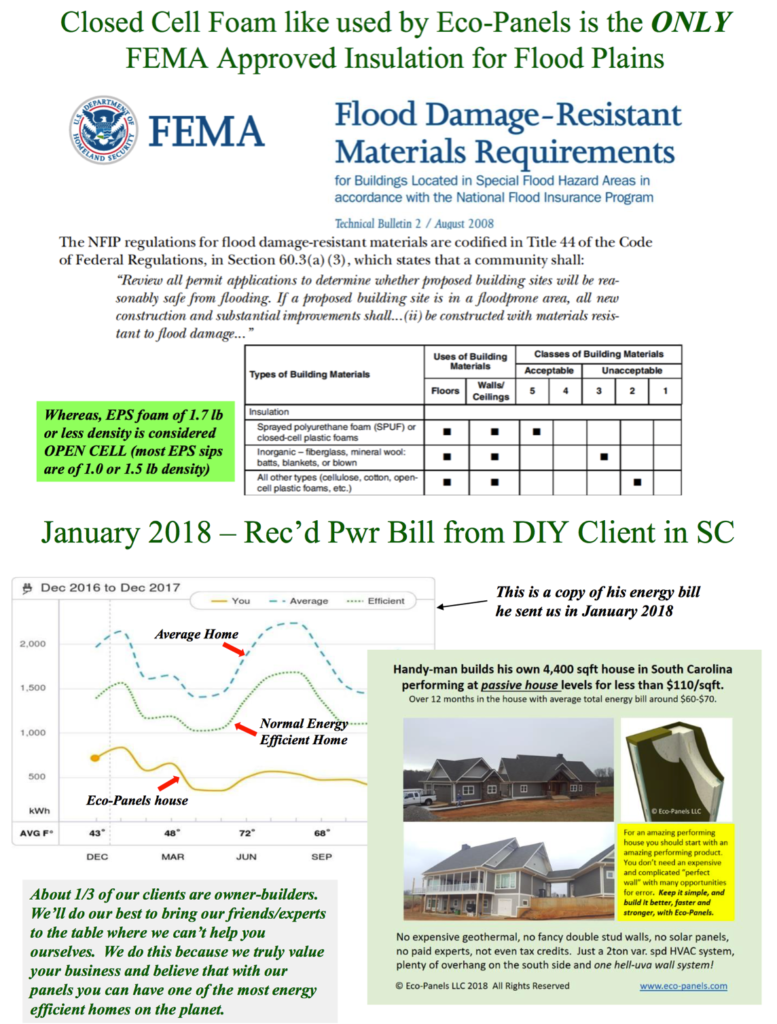
- Another important additive is water reducer. If a light weight board is desired, maximum amount of filler is needed without the need of excess water.
- Almost all MgO boards are produced with fiberglass reinforcement materials. Selecting the right reinforcement material is important for short-term strength, as well as long-term durability and fire performance. NA MGO possesses proprietary knowledge (maybe patentable) that allows us to have high strength without the high cost, and to have superior fire performance by using the correct reinforcement fibers.
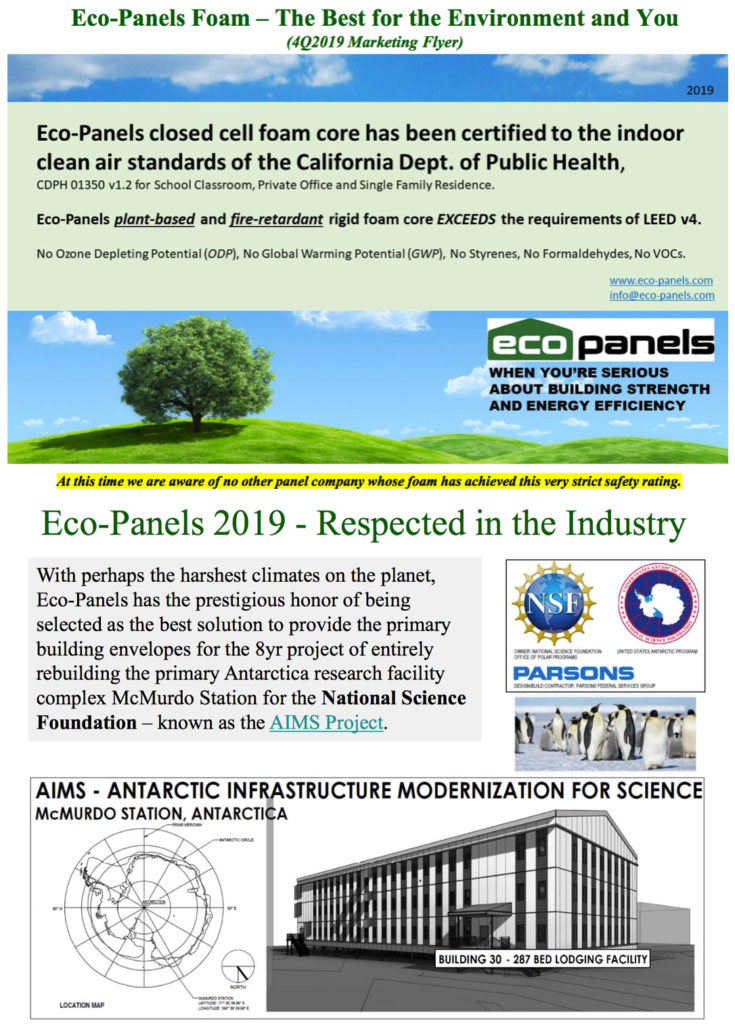
The majority of tile backer boards used today are either pulp fiber-cement boards or cement boards with polystyrene beads as fillers to reduce the weight. These products are weak, difficult to handle, and not inexpensive. MgO boards will be the perfect replacements for these products.
Type-C drywall is used for ceiling applications. The added fiberglass helps reduce sagging of the ceiling boards. In case of a plumbing leaks or fire-fighting related water damages in commercial buildings, all ceiling panels have to be replaced. MgO boards can withstand the water exposure without sagging or any other deformation. The water-soaked ceiling can be cleaned and let dry, and painted if necessary.
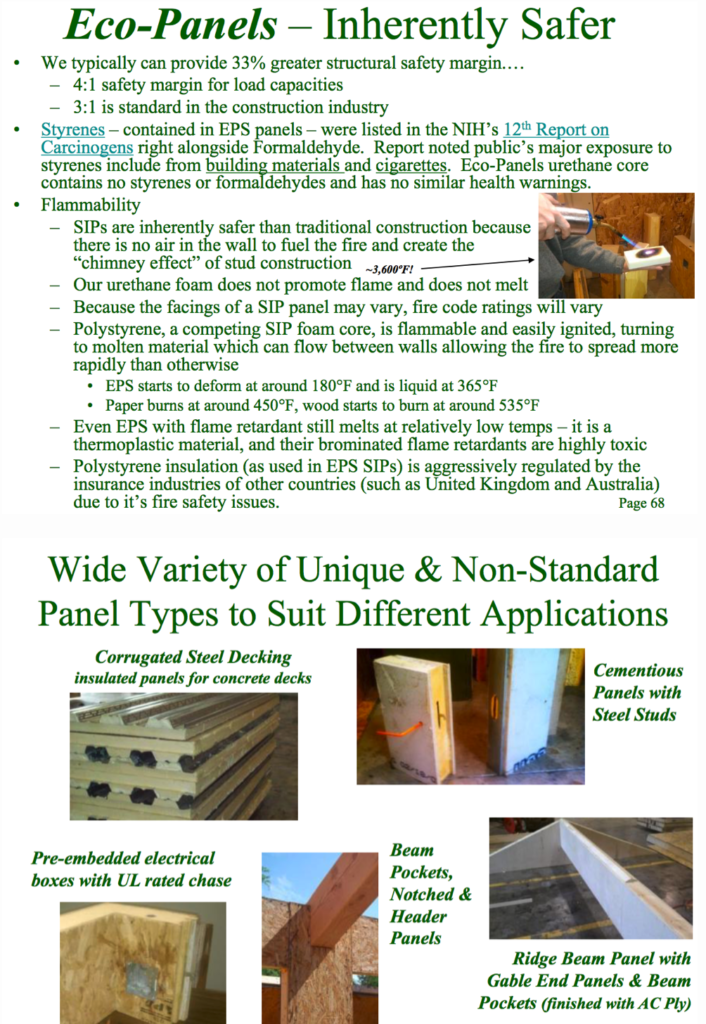
Shaft walls are built with 1” thick gypsum boards. To reduce the weight per panel, they are made only to 24” width. Due to the excellent fire performance, MgO based panels for shaft walls could be made to much less thickness.
In summary, the US construction market is in need of a material that has inherent fire resistance, water resistance, mold resistance, light weight, and high strength. MgO products are the natural fit.

